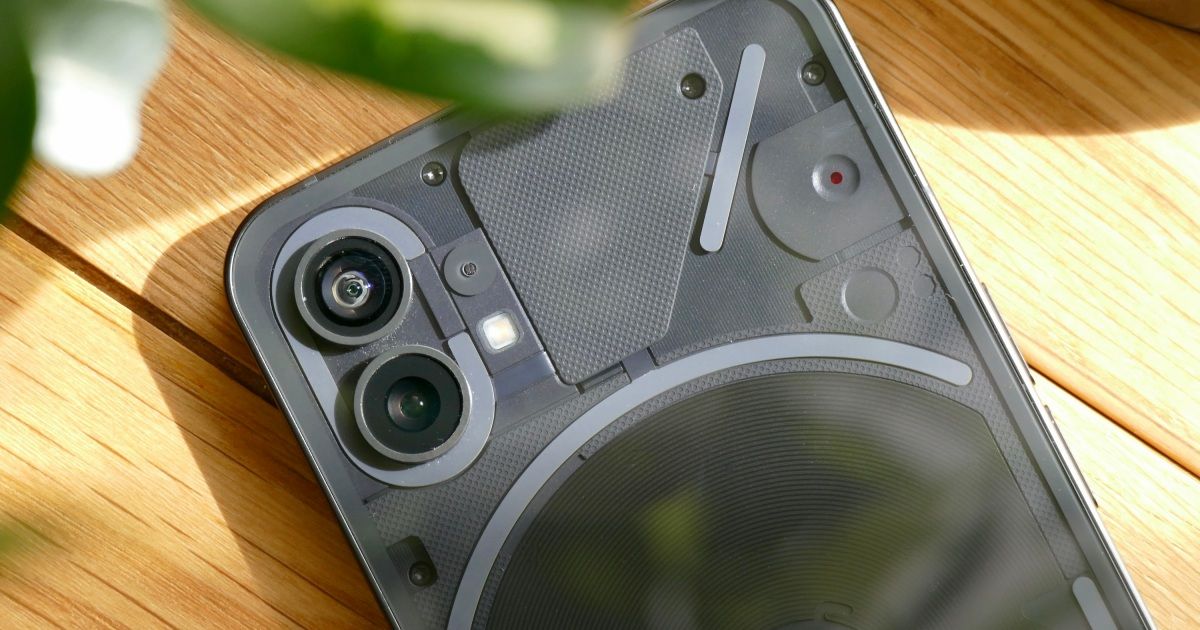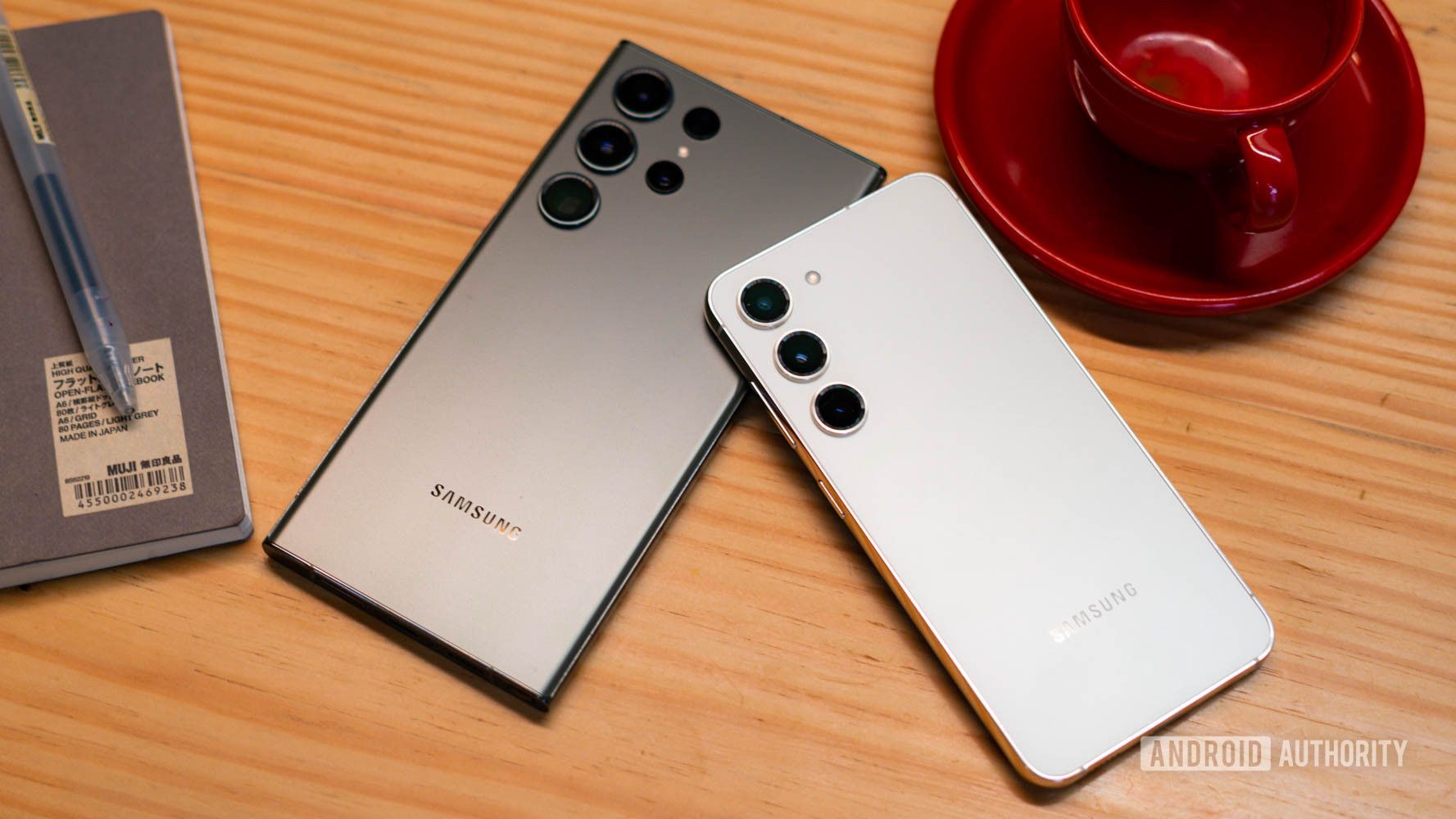Something amazing will happen to U.S. smartphones on July 11
Something momentous is happening this week: A new smartphone is being released in the U.S. This isn’t a special thing, as new phones aren’t exactly uncommon, but it comes from a brand that has never released a phone in the U.S. before, and that makes it very special indeed.
It deserves all your attention, not because it’s such a rare occurrence, but because —finally — buyers are getting more choice.
Recommended Videos
When did it last happen?
I live in the U.K., and having a choice of phones from a variety of different brands is normal. Whether I’ve got $200 or $2,000 to spend on a new phone, I can rest assured my choice expands well beyond devices solely from Samsung or Apple. In addition to the brands that do have a presence in the U.S. — OnePlus, Motorola, and Google, for example — Oppo, Huawei, Realme, and Honor all sell their devices here too.
The list also currently includes Nothing, the tech brand started by OnePlus co-founder Carl Pei. The Nothing Phone 1 may have had a very limited release in the U.S., but it was sold online, in stores, and through a carrier in the U.K. right from the very beginning. But this will change on July 11, when the Nothing Phone 2 will be announced, and it will officially be made available in the U.S. from day one.
It’s impossible to overstate just how big of a deal this is, so to give some context for those who aren’t as deeply embroiled in the world of smartphones as the Mobile section at Digital Trends is, we’re fairly sure the last time a previously unknown brand released a new phone in the U.S. was in 2017 when the Essential PH-1 hit the scene. Before that, the Nextbit Robin came along in 2016, and Pei’s former company OnePlus arrived in 2014.
It’s a rare occurrence
So that’s three new brands over the course of about 10 years. Phones from companies like Planet Computers, Blu, and Unihertz don’t really count, as the devices are never launched with much fanfare and are sold mostly through Amazon or are crowdfunded. They have their place but don’t seem to target the mainstream. It’s also highly unlikely you can name the CEO of Blu or Planet Computers, but mention the name Carl Pei in tech circles, and you’ll get plenty of knowing nods.
Razer (which eventually acquired Nextbit) and TCL have made a much bigger deal about phones released in the U.S. during this period of time, but they don’t count either. Both are brand names a lot more people would likely recognize, with gamers being very familiar with Razer’s products and TV enthusiasts well aware of TCL’s expertise when it comes to screens. Amazon’s failed Fire Phone falls under the same umbrella, as does Palm, which resurrected a previously very popular brand name.
Over the past few years, bigger names have stopped selling phones in the U.S. than started, with TCL abandoning BlackBerry, Huawei ending its run almost before it started, and LG giving up on phones entirely in 2021. No new brand came in to take LG’s place, and instead, its departure helped HMD Global sell more mid-priced Nokia phones, and Motorola capitalize on its long brand history to gain market share. There has never been a better time to shake things up.
Much needed pizazz
Of the three brands I mentioned earlier, only OnePlus still exists. Without new brands coming in, it’s business as usual in the U.S. market, and while it’s not stagnant, it does lack pizazz. It’s imperative Nothing doesn’t suffer the same fate, and luckily, the product it’s coming with is overflowing with pizazz and is unlike anything else you’ve seen.
Obviously, it has flashing lights on the back, a feature taken from the Nothing Phone 1, which had more uses than you may initially expect. It genuinely looks like nothing else, and if the Nothing Phone 1’s build quality and reliability are anything to go by, there’s no danger of encountering a Pixel-like coin-flip when it comes to getting a good one. We’ve got a solid idea of the specifications, which looks good, and are also pretty confident the price will be on the right side of a Galaxy S23.
Then you’ve got Carl Pei. A charismatic CEO who seems to love tech as much as we do and is never afraid to bend the rules to get the word about Nothing out. We’ve seen how he operated with OnePlus and his love of a good marketing stunt. They may not all have been that welcome, but they were never boring, and if you want people to pay attention in a market dominated by two massive names, you’ve got to make a splash.
Go out and tell people about Nothing
If you’re in the U.S. and are interested in technology and smartphones, you should be jumping up and down with joy about the impending arrival of Nothing and the Nothing Phone 2. Go out and shout about it in the street, tell your neighbor, the person at Starbucks, and anyone who looks like they’ll listen. Solar eclipses happen more frequently than brand-new phones are released in the U.S., so you definitely won’t be exaggerating the importance of the event.
Yes, the event. It’s happening at 8 a.m. PT on July 11, and you should watch it. You should also consider the Nothing Phone 2 as your next smartphone, should it be as good as we anticipate, and tell others to do the same. Indifference, or a cursory glance at it before just picking up a Galaxy A54, runs the risk of killing off the best newcomer to the U.S. we’ve seen in a decade, and the more that fail, the fewer will ever consider it worth trying.
It’s easy to think the arrival of the Nothing Phone 2 isn’t special or important. New things are released every day, after all. But this is important, and the very act of Nothing launching in the U.S. should be applauded, as it’s surely not an easy task for any company, let alone one with only a handful of products under its belt that didn’t even exist in 2020. Nothing is coming to America with the right product, provided it lives up to our expectations. It’s your responsibility to not let it disappear into oblivion. Nothing has OnePlus’s DNA, so for the good of the phone market in the U.S., let’s make it another OnePlus-style success story.
Editors' Recommendations
Source: Digital Trends


